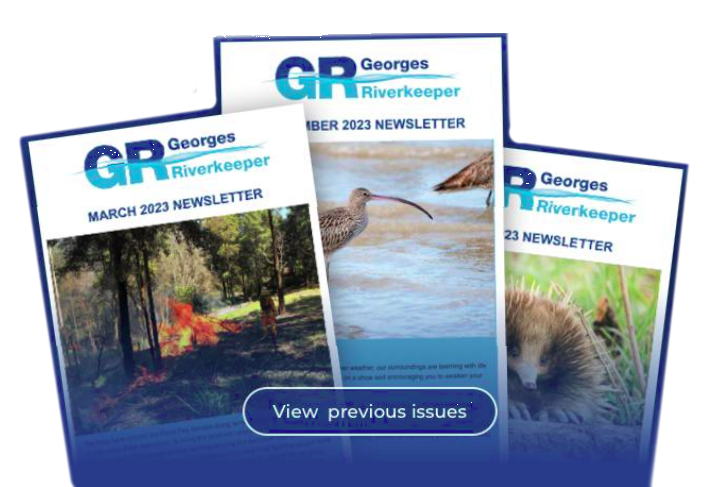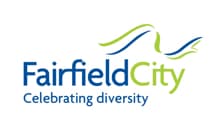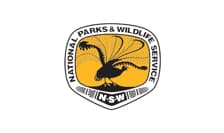In Georges River catchment, 1.4 million human residents share their space with an almost inestimable number of animals. From the depths of the riverbeds to the leafy treetops, it's a lively ecosystem where every creature has a story to tell.
Allow us to introduce you to ten truly amazing creatures that we believe steal the spotlight within this diverse landscape. While some of these animals are rare and elusive, others can be found more frequently. All of them face threats from both natural forces and human activities, underscoring the urgent need for conservation efforts to protect habitat and increase biodiversity.
Koala
Although it’s one of Australia’s most iconic animals, have you ever been fortunate enough to spot a koala (Phascolarctos cinereus) in the wild? If you’re one of the lucky ones, perhaps you were altered to its presence by the distinct grunts of a breeding male from high up in a gum tree. Or, you might have been tipped off by scratches or claw marks on the bark of a tree where they're resting. The Georges River catchment hosts the largest disease-free koala population in New South Wales, representing the last remaining population in Sydney.
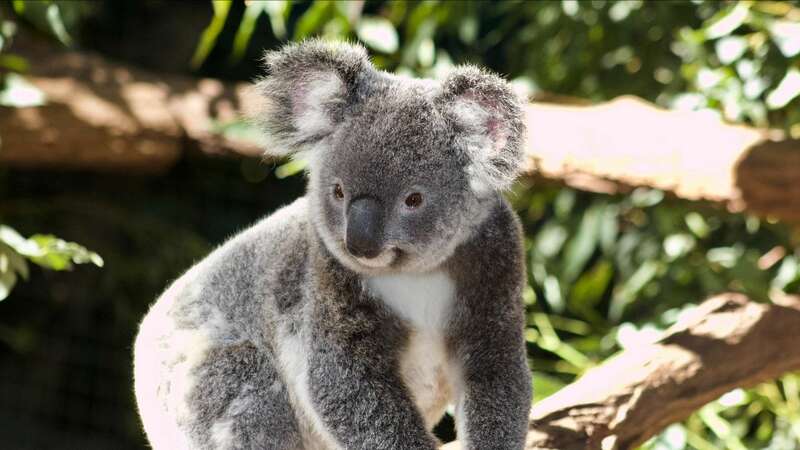
This population spans Wollondilly, Campbelltown, Sutherland, and Liverpool Local Government Areas in the Georges River catchment. Koalas primarily inhabit open Eucalyptus Woodlands, relying on the leaves of these trees despite their low nutritional value and toxic compounds. Sedentary in nature, koalas spend much of their time sleeping. Classified as an Endangered Species, koalas face numerous threats including bushfires, disease, predation, and habitat degradation from invasive species, as well as human-induced threats like habitat loss due to urbanisation and land clearing, vehicle collisions, and dog attacks. Wildlife corridors are crucial for koalas, facilitating movement, mating, genetic diversity, and population sustainability amidst changing landscapes.
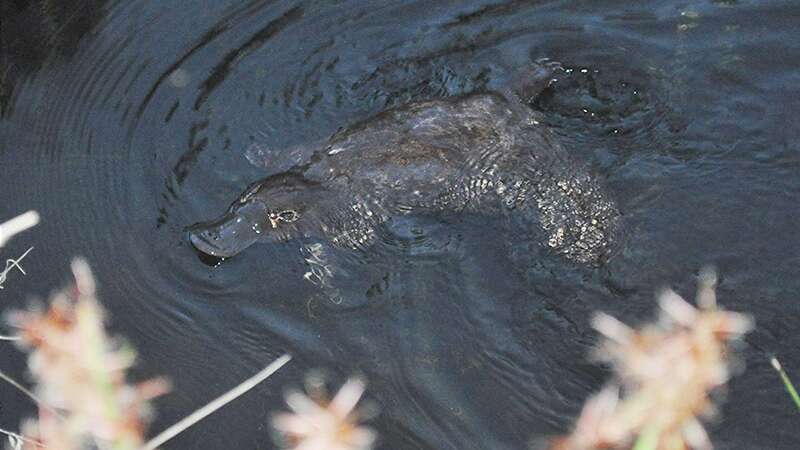
Platypus
Another cultural icon of Australia, platypus (Ornithorhynchus anatinus) are extremely shy animals which will usually dive underwater and swim away before you can catch a glimpse. Yet, thanks to ground-breaking eDNA sampling by Campbelltown City Council, we know platypus call the upper reaches of the Georges River home.
With their peculiar appearance— sporting a duck-like bill, beaver-like tail, and webbed feet— platypus are truly one-of-a-kind. Belonging to the rare monotreme branch of mammals, alongside echidnas, these egg-laying marvels lay one or two eggs in burrows, nurturing their young with milk. Platypus are carnivores, feeding on aquatic animals, such as worms, insects, and crustaceans. They are classified as a near threatened species, due to habitat loss, predation, and pollution.
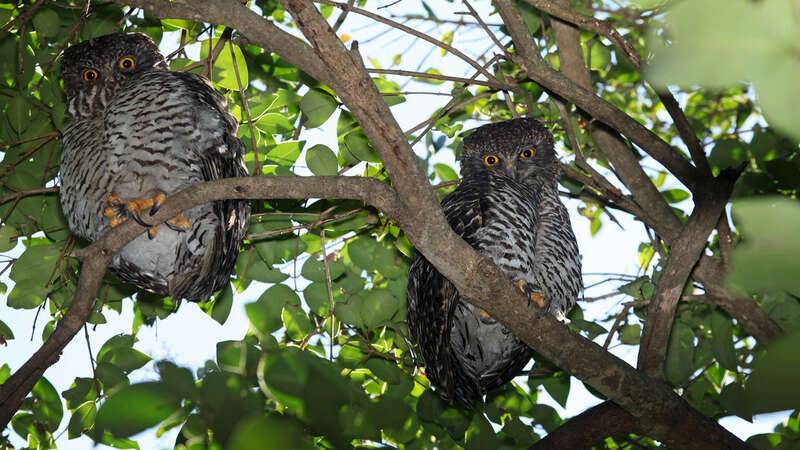
Powerful Owl
As twilight descends, the Powerful Owl (Ninox strenua) emerges as the nocturnal monarch of the Georges River catchment. Classified as Vulnerable, these owls, the largest in Australia, face challenges from habitat loss and reduced prey availability. The Powerful Owl is a true romantic. They mate for life, and some pairs have been known to stay together for over 30 years.
They are also fiercely territorial and defend their all-purpose territory all year round. They are carnivores, eating mainly medium to large tree-dwelling mammals, particularly the Common Ringtail Possum, (Pseudocheirus peregrinus) as well as other mammals and birds. If you take a night-time stroll, listen for their deep, double-hoot “woo-hoo” calls and, if you’re lucky, witness their silent flight through a moonlit canopy.
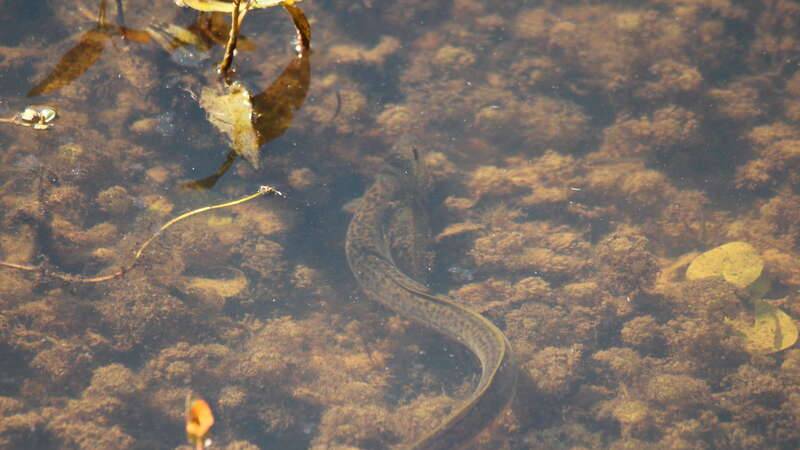
Long-Finned Eel
Dive into the secret world beneath the river's surface with the Long-Finned Eel (Anguilla reinhardtii), a symbol of resilience and adaptability. Known for their incredible migrations, some travel thousands of kilometres to reach spawning grounds in New Caledonia. Eels undergo multiple stages in their life cycle, including the larval stage known as leptocephalus. It takes about a year for these leptocephali to return to the Georges River, where they transform into glass eels upon arrival. The young eels, known as elvers, swim upstream and spend years maturing in freshwater. These eels face threats from habitat loss, barriers to migration, and pollution. The endurance of these underwater travellers reminds us of the interconnectedness of our waterways–and why we need to keep them clean.

Azure Kingfisher
If you’re enjoying riverside walks, or out fishing or boating on the river, you may be hoping to catch a glimpse of the vibrant Azure Kingfisher (Ceyx azureus) in action. Look for a dazzling blue splash of colour and lightning dives into the water’s edge. These birds prefer the freshwater reaches of the river, nest in a burrow dug out of a river bank, and feed on fish, crustaceans and aquatic insects. They face habitat loss and degradation due to riverbank modifications and flooding. Should you see one, you’ll be amazed at their beauty.
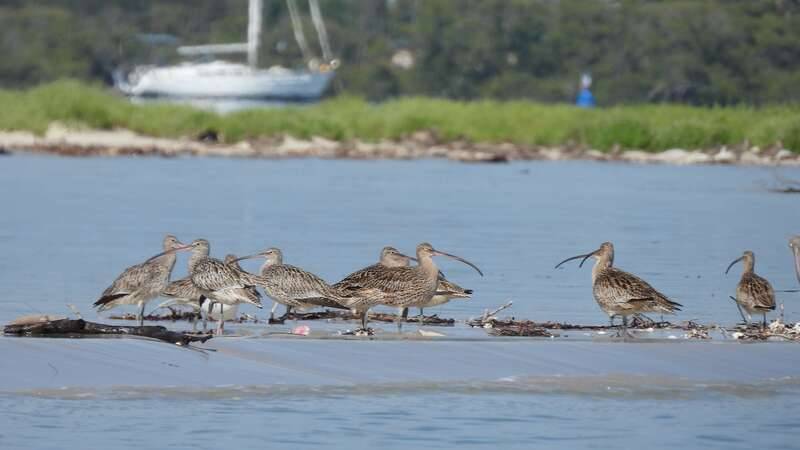
The Far Eastern Curlew
The Far Eastern Curlew, the largest of all shorebirds worldwide, graces the intertidal mudflats and sandflats of Towra Point, Botany Bay and the Georges River each year from late July, following an arduous journey across the Pacific Ocean from North East China and Russia. Their lovely call, a distinctive “Cuuuurrlew”, sounds through coastal wetlands upon their arrival. Sporting a very long, down-curved bill, a hallmark of their species, it's the ideal shape for sifting through mud for their favoured delicacy—crabs, abundant in Australian waters. According to Birdlife Australia, these birds are exclusive to our flyway, and approximately 75 percent of the global population of Far Eastern Curlews seeks refuge in Australia during our summer months, underscoring our unique responsibility to safeguard coastal wetlands for their sustenance and survival.

Eastern Snake-necked Turtle
Meet the ancient mariners of the river, the Eastern Snake-necked Turtle (Chelodina longicollis) otherwise known as the Eastern Long-necked Turtle. With an unusually long neck, these charismatic reptiles strike quickly at prey. While not currently Endangered, they face habitat destruction, pollution, and predation threats. They spend most of their time in the water, you can spot them when they stick their heads out above the water, but you may also observe them on sun-soaked rock perches. But don't mess with them because they have a nasty trick up their sleeves. Or rather, under their arms and legs. When threatened, they can squirt a smelly liquid from glands near their limbs. This liquid smells so bad that some people call this turtle a “stinker”.
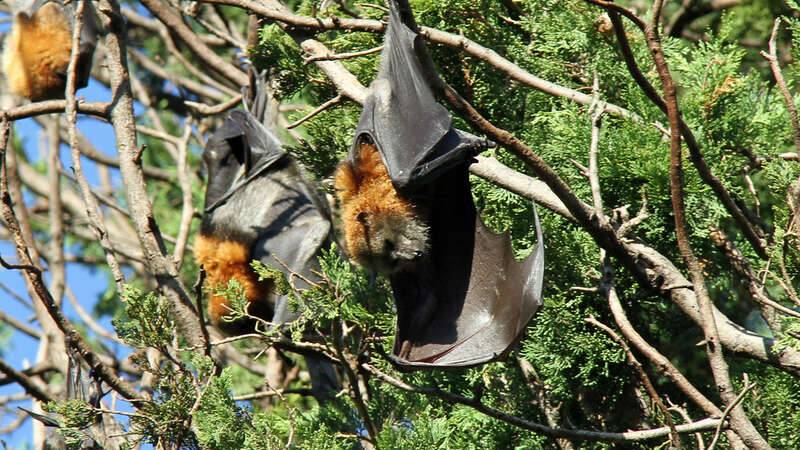
Grey-headed Flying fox
The Grey-headed Flying-Fox (Pteropus poliocephalus) takes flight in the twilight skies, playing a crucial role in pollination and seed dispersal. During the day they roost in colonies, often in the riparian areas of creeks throughout the catchment. Under Vulnerable classification, these megabats face threats from habitat loss, heat stress events, and human-wildlife conflict. With a wingspan of up to 1 metre, these are Australia’s largest bats. Catch them in the evening sky, making communal flights and appreciate their part in the animal kingdom.

Caddisfly larvae
Adult caddisflies are a group of insects that look like small hairy moths often found often resting on tree trunks during the day near waterbodies. They may not sound very exciting, but we’re thrilled when we find them in their larval stage (Trichoptera) in the freshwater waterways of the Georges River catchment because these aquatic waterbugs indicate low levels of pollution in the water. Waterbugs, or freshwater macroinvertebrates, are small invertebrates (they don’t have a backbone) who live in freshwater for all, or part of, their lifecycle. Many insects, such as dragonflies, caddisflies, mayflies, can be observed as nymphs in waterways, before they they become winged adults. Waterbugs are not only a good indicator of river health, but they are also an important food source for fish and birds.
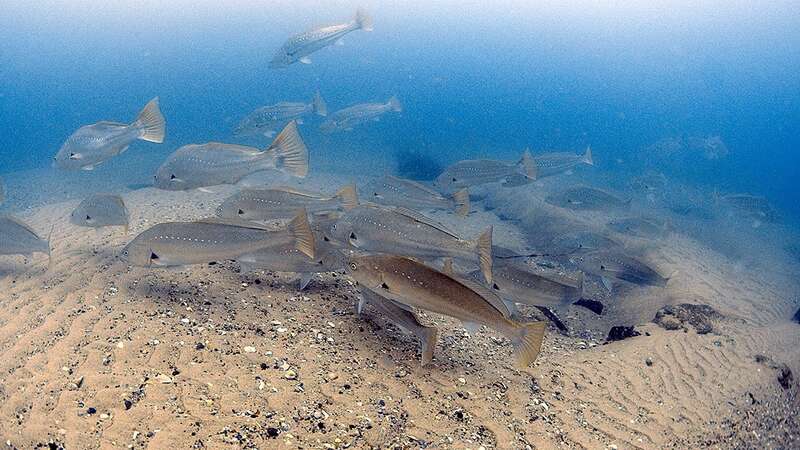
Mulloway
Our list of iconic Georges River creatures wouldn’t be complete without including a fish. We’ve chosen mulloway (Argyrosomus japonicus) as it’s a prized catch for people fishing in the river. It is a silvery to bronze-green coloured fish, with a copper-coloured head and white spots running the length of its body, which can grow to a whopping two metres! They can be found in brackish and salt water, so between Liverpool Weir and Botany Bay. Local fishing lore says they can be found near bends and holes in the river and when and where there is reduced tidal flow. They can also be found in the shallow flats between stretches of deep water. The stock status of mulloway in New South Wales is classified as “depleted”. Keep an eye out for a small yellow dart tag on any mulloway you catch in the Georges River. This tag signifies the fish is a “stocked” mulloway, following the release of more than 400 “advanced size” juvenile mulloway into the river in 2023.

